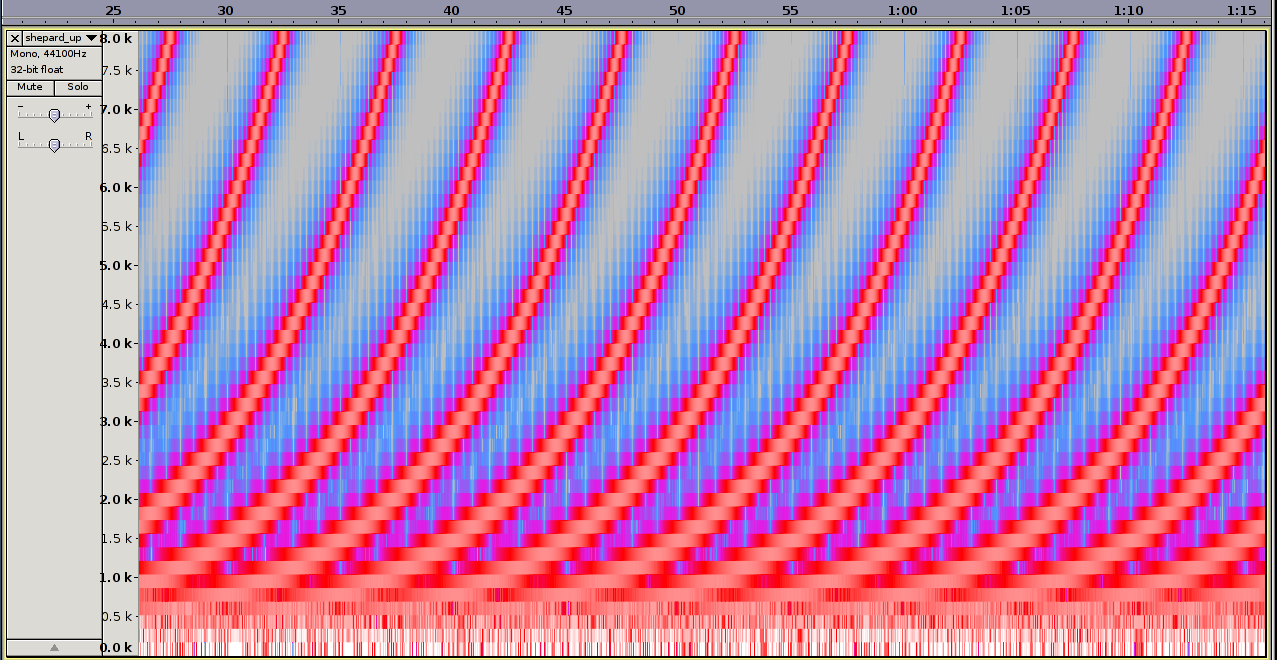
Navigating the Sonic Spectrum: Understanding Tone Frequencies in Audio
In the intricate landscape of audio, the concept of tone frequencies takes center stage, shaping the richness and depth of sound. Whether you’re an audiophile, musician, or simply curious about the intricacies of audio waves, let’s embark on a journey to demystify tone frequencies and their significance in the world of sound.
Decoding Tone Frequencies: The Building Blocks of Sound
- Understanding Hertz (Hz):
Hertz (Hz) is the unit of measurement for frequency, representing the number of cycles per second in a sound wave. In audio, this measurement directly correlates with the pitch of the sound – higher Hertz values result in higher pitches, while lower values produce deeper tones.
- Bass Frequencies (20 Hz – 250 Hz):
At the lower end of the frequency spectrum, we encounter bass frequencies. Ranging from 20 Hz to approximately 250 Hz, these tones provide the foundation for a rich and resonant audio experience. They are felt as much as heard, adding depth and warmth to music and cinematic soundscapes. You can generate low frequency using online tone generator
- Midrange Frequencies (250 Hz – 4 kHz):
The midrange frequencies form the heart of most audio content, spanning from 250 Hz to 4 kHz. This range is instrumental in defining the character of instruments, vocals, and various sonic elements. Clarity and presence in audio often hinge on the careful balance of midrange frequencies.
- Treble Frequencies (4 kHz – 20 kHz):
Ascending to the higher frequencies, we encounter the treble range. Extending from 4 kHz to 20 kHz, these tones add sparkle, detail, and brightness to audio. Treble frequencies are crucial for reproducing the intricacies of instruments and enhancing the overall clarity of sound.
Applications of Tone Frequencies in Audio:
- Music Production: In the realm of music, understanding tone frequencies is fundamental to crafting a balanced mix. Producers and engineers meticulously adjust bass, midrange, and treble frequencies to achieve the desired sonic character in a song. You can download slideshare ppt files for better understanding.
- Sound Design: Whether in film, video games, or virtual reality, tone frequencies are the palette for sound designers. Manipulating frequencies creates immersive and evocative auditory experiences, from thundering explosions to subtle ambient textures.
- Speech and Communication: Clear communication relies on the effective transmission of speech frequencies. In telephony, broadcasting, and podcasting, optimizing the balance of frequencies ensures intelligibility and a pleasant listening experience.
- Room Acoustics: Architectural spaces influence the way sound waves interact. Understanding tone frequencies is crucial in designing acoustically optimized environments, from concert halls to recording studios.
Crafting the Sonic Landscape: The Art of Frequency Balance As you delve into the world of audio, remember that the magic lies in the delicate balance of tone frequencies. Whether you’re enjoying your favorite music, immersing yourself in a cinematic masterpiece, or fine-tuning your own creative endeavors, the appreciation of these frequencies enriches your auditory journey. So, let the waves of sound carry you through a symphony of frequencies, each contributing to the tapestry of your sonic experience.
FAQ
- What are tone frequencies in audio?
Tone frequencies in audio refer to the different pitches of sound, measured in Hertz (Hz). These frequencies are categorized into bass, midrange, and treble, each playing a unique role in shaping the overall auditory experience.
- Why is understanding tone frequencies important in music production?
Understanding tone frequencies is crucial in music production as it allows producers to achieve a balanced mix. By manipulating bass, midrange, and treble frequencies, they can shape the sonic character and enhance the overall quality of a song.
- How do tone frequencies impact room acoustics?
Tone frequencies influence room acoustics by interacting with the architectural space. Properly managing these frequencies is essential in designing acoustically optimized environments, ensuring clear sound reproduction in spaces like concert halls or recording studios.
- Can you explain the concept of Hertz (Hz) in relation to tone frequencies?
Hertz is the unit of measurement for frequency, representing the number of cycles per second in a sound wave. In the context of tone frequencies, higher Hertz values correspond to higher pitches, while lower values result in deeper tones.
- How do audio professionals balance tone frequencies in sound design?
Audio professionals balance tone frequencies in sound design by carefully adjusting bass, midrange, and treble components. This balance is crucial for creating immersive and evocative auditory experiences in various mediums, including film, video games, and virtual reality.



